Debatte gestartet: Was können wir gegen den Rückgang wild lebender Bestäuber tun?

Zu den wild lebenden bestäubenden Insekten zählen Solitärbienen, Hummeln, Schwebefliegen, Schmetterlinge und Motten sowie eine Reihe anderer Fliegen, Wespen und sogar Käfer!
Diese unscheinbaren Tierchen sind für Mensch und Natur sehr viel wichtiger, als man aufgrund ihrer Winzigkeit vermuten würde.
Rund vier von fünf Nutz- und Wildpflanzen sind auf Bestäuber angewiesen, die ihre Pollen verbreiten und ihnen dabei helfen, sich zu vermehren.
Da unser Leben eng mit dem Schicksal der Bestäuber verflochten ist, sollte die Diskussion darüber, was zu tun ist, in der breiten Öffentlichkeit stattfinden.
Start der Bewerbungsrunde für das nächste Bürgerforum zum Thema Generationengerechtigkeit
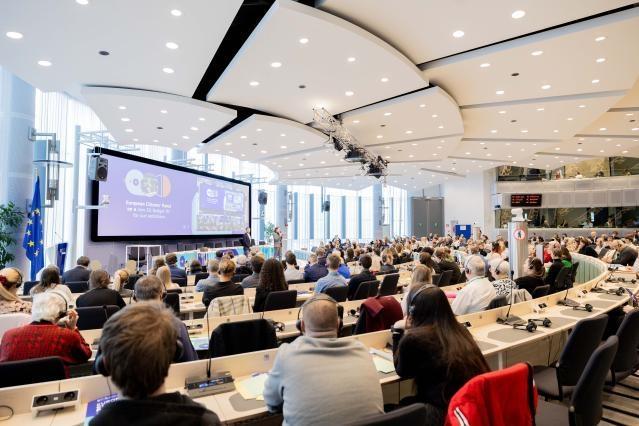
Die Europäische Kommission hat in allen 27 EU-Mitgliedstaaten eine neue Kampagne zur Auswahl von Bürgerinnen und Bürgern für ein Bürgerforum zum Thema Generationengerechtigkeit nach dem Zufallsprinzip gestartet.
Die Auswahl erfolgt nach einem Haus-zu-Haus-Konzept und wird von der Sortition Foundation, dem offiziellen Partner der Europäischen Kommission, gehandhabt. Am Ende werden nach dem Zufallsprinzip 150 Bürgerinnen und Bürger, die ihr Interesse bekundet haben und die repräsentativ für die demografische Vielfalt der EU sind, ausgewählt und nach Brüssel eingeladen. Dort werden sie gemeinsam konkrete Empfehlungen zur Strategie der Europäischen Kommission für Generationengerechtigkeit ausarbeiten. Mit der Strategie soll eine verbesserte Kommunikation zwischen den Generationen erreicht, die Berücksichtigung gegenwärtiger und künftiger Interessen in der Politik sichergestellt und die Solidarität zwischen den verschiedenen Altersgruppen gefördert werden.
Zu diesen 150 europäischen Bürgerinnen und Bürgern könnten auch Sie gehören!
Debatte über EU-Haushalt abgeschlossen

Die Online-Debatte über die Gestaltung eines neuen langfristigen EU-Haushalts ist nun offiziell abgeschlossen. Wir danken allen, die über die Plattform für Bürgerbeteiligung teilgenommen und ihre Gedanken, Ideen und Visionen geteilt haben.
Alle Beiträge werden von der Europäischen Kommission bei der Ausarbeitung ihres Vorschlags für den nächsten mehrjährigen Finanzrahmen sorgfältig geprüft.
Ein Bericht mit den wichtigsten Erkenntnissen und Beiträgen wird in Kürze auf der Seite zur Debatte über den neuen EU-Haushalt veröffentlicht.
Bleiben Sie auf dem Laufenden!
Gemeinsam Zukunft gestalten: über Generationengerechtigkeit sprechen

Stellen Sie sich eine EU vor, in der verschiedene Generationen gemeinsam für eine lebenswerte Gesellschaft einstehen. Wie sollte die Ihrer Meinung nach aussehen? Und was können wir schon heute dafür tun?
Die Europäische Kommission lädt Sie ein, an der Ausarbeitung einer richtungsweisenden Strategie zur Generationengerechtigkeit mitzuwirken.
Nutzen Sie diese Plattform und teilen Sie uns mit, was Sie sich darunter vorstellen, was wichtig ist und was aktuell noch fehlt.
Empfehlungen zum neuen EU-Haushalt übergeben
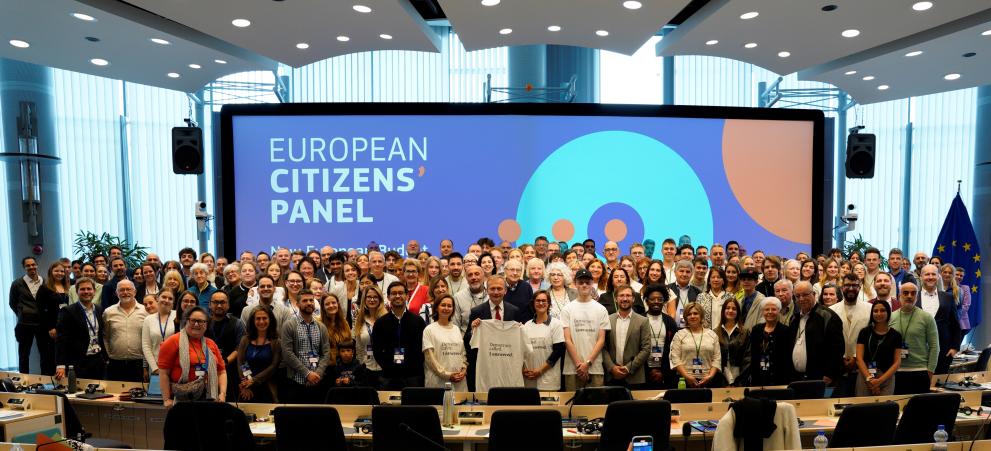
An drei Wochenenden trafen sich 150 nach dem Zufallsprinzip ausgewählte Bürgerinnen und Bürger aus allen 27 EU-Mitgliedstaaten, um darüber zu sprechen, was der neue EU-Haushalt in Bezug auf gemeinsame Prioritäten und langfristige Herausforderungen leisten kann.
Sie einigten sich gemeinsam auf eine Reihe politischer Prioritäten und konkreter Empfehlungen, die zur Gestaltung der künftigen EU-Finanzierung und zu bevorstehenden Initiativen der Kommission beitragen werden. Ihr Ziel war ein EU-Haushalt, der sich an neue globale Dynamiken anpasst und eine bessere Lebensqualität für alle Menschen in Europa garantiert.
Die Liste der Empfehlungen an die Europäische Kommission findet sich hier.
 Jugend-Bürgerversammlung zu Bestäubern
Jugend-Bürgerversammlung zu BestäubernEs gibt immer weniger bestäubende Insekten, und das gefährdet die Versorgung mit Lebensmitteln, unseren künftigen Wohlstand und die Natur. Was können wir also gegen den Rückgang wild lebender Bestäuber tun?
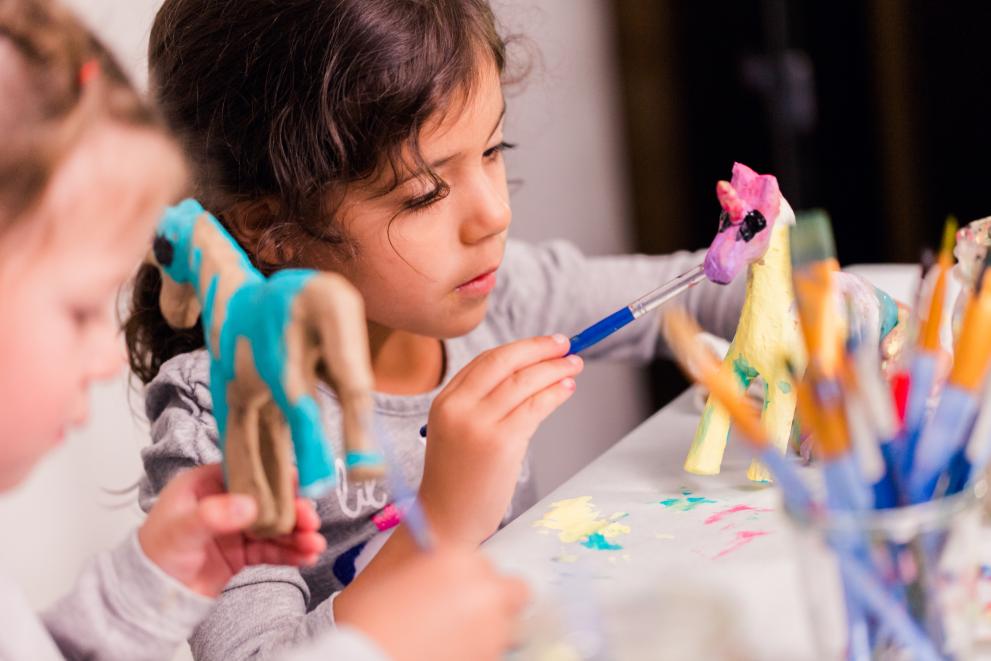 Generationengerechtigkeit
GenerationengerechtigkeitStellen Sie sich eine EU vor, in der verschiedene Generationen gemeinsam für eine lebenswerte Gesellschaft einstehen. Wie sollte die Ihrer Meinung nach aussehen? Und was können wir schon heute dafür tun?
Diskutieren Sie darüber mit anderen Bürger*innen.
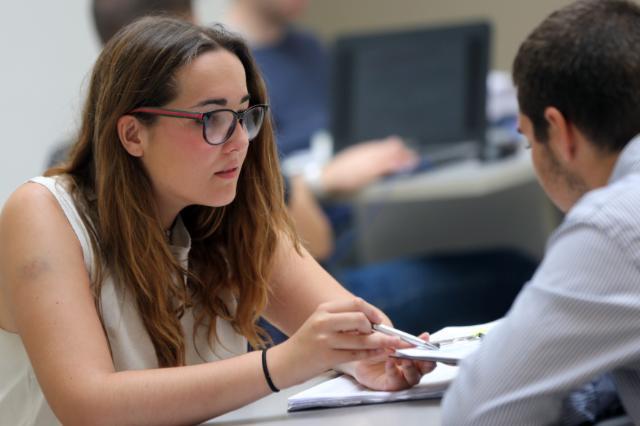 Jugendpolitische Dialoge
Jugendpolitische DialogeNervt es dich, dass niemand auf dich zu hören scheint? Das war einmal. Erst neulich haben sich junge Leute aus der gesamten EU und darüber hinaus ganz real, live und in Farbe mit uns zusammengesetzt und erzählt, was ihnen auf dem Herzen liegt.
Jetzt bist du dran.
Was ist die Plattform für Bürgerbeteiligung?
Das ist Ihre Möglichkeit, sich einzubringen und EU-Politik mitzugestalten, die uns alle betrifft.
Ihr Feedback ist für unsere Entscheidungsfindung sehr wichtig. Jede Stimme zählt, und wir freuen uns darauf, Ihre zu hören.
Dank Echtzeit-Übersetzung können Sie in allen 24 EU-Sprachen mit anderen ins Gespräch kommen. Lassen Sie uns Europa gemeinsam aufbauen!
Phasen der Bürgerbeteiligung
- TeilhabeOnline-Beiträge
Bürger*innen schreiben, kommentieren und liken Beiträge auf der Plattform für Bürgerbeteiligung.
- DebatteEuropäische Bürgerforen
Die Beiträge fließen in die europäischen Bürgerforen und in den EU-Entscheidungsprozess ein.
- Follow-upUmsetzung der Empfehlungen des Bürgerforums
Folgemaßnahmen zu den Beiträgen und Diskussionen auf der Grundlage regelmäßiger Berichte
- RückmeldungenTransparente Berichterstattung über das Ergebnis
Information der Bürger*innen über politische Maßnahmen
Indem Sie selbst Beiträge erstellen oder die Beiträge anderer kommentieren und liken. Sie können Ihren Beitrag in jeder der 24 EU-Amtssprachen schreiben. Anmelden müssen Sie sich über EU-Login. Auf der EU-Login-Seite erfahren Sie, wie Sie ein Konto anlegen.
Wenn Sie eingeloggt sind, können Sie per Klick auf „Neuer Beitrag +“ einen eigenen Beitrag erstellen. Geben Sie Titel und Inhalt Ihres Beitrags (zwischen 150 und 1500 Zeichen) an.
Zudem können Sie Beiträge kommentieren oder „liken“. Das funktioniert ähnlich wie das „Liken“ eines Posts auf anderen Social-Media-Plattformen.
Ihre Beiträge werden sofort veröffentlicht. Beachten Sie daher bitte die Regeln für die Beteiligung.
Wir schützen Ihre persönlichen Daten. Mehr zum Datenschutz
Diese Fragen decken eine Reihe von Themen in Bezug auf Funktionalität, technische Spezifikationen, Inhalt und Sonstiges zur Plattform für Bürgerbeteiligung ab.
Europäische Bürgerforen
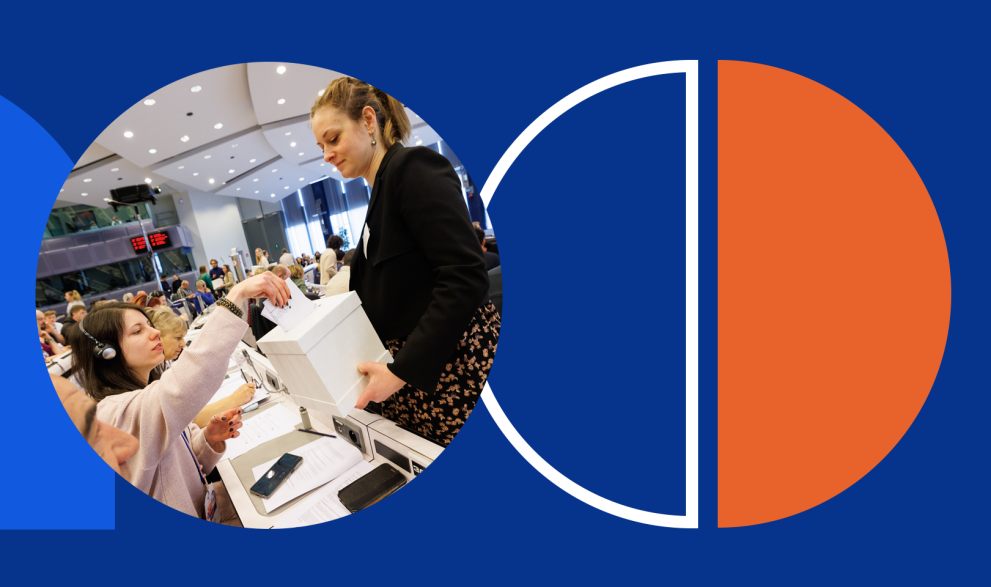
Die Europäische Kommission möchte die Öffentlichkeit stärker in demokratische Prozesse und die Politik einbeziehen. Deswegen hat sie Bürgerforen als festen Bestandteil des demokratischen Lebens in der EU eingerichtet.
In jedem Bürgerforum kommen 150 nach dem Zufallsprinzip ausgewählte Bürgerinnen und Bürger aus allen 27 EU-Ländern zusammen. Dabei wird auf Vielfalt und die Vertretung der jungen Generation Wert gelegt. Die Foren geben Empfehlungen zu wichtigen politischen Themen ab, die uns alle betreffen.
Bleiben Sie auf dem Laufenden über aktuelle und künftige Foren.


